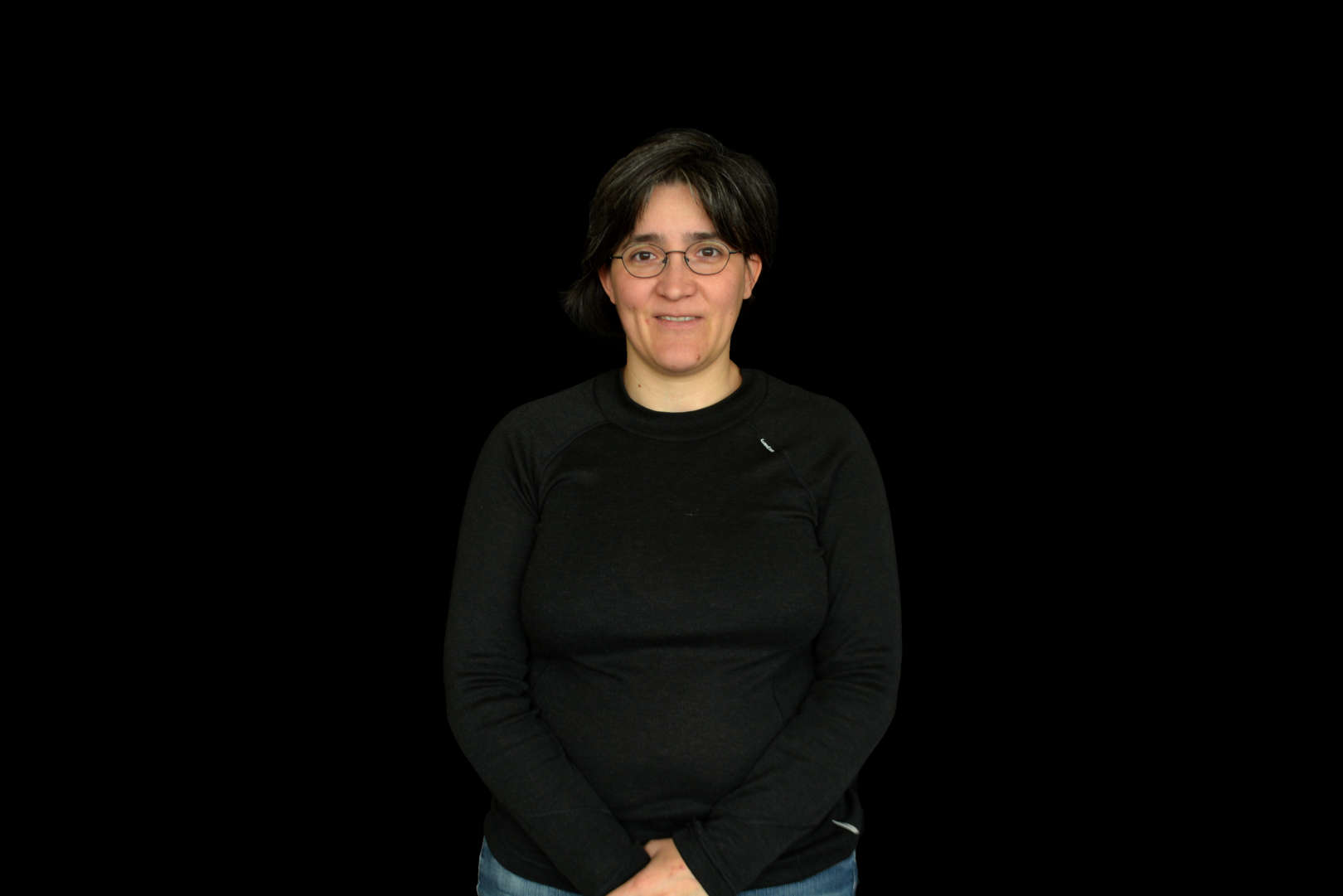Sobre
O meu percurso académico começou em Engª Física Tecnológica (IST/Lisboa), foi enriquecido por um Mestrado em Engª Electrotécnica e de Computadores (IST/Lisboa), e pelo Doutoramento em Física (FCUP/U.Porto). Pelo caminho, participei em projectos diversificados, tendo como ponto comum o desenvolvimento de soluções ou exploração de novas abordagens em problemas de Óptica Aplicada (sistemas de medida LIDAR, biosensores, sensores em fibra, imagiologia óptica de elevada resolução, tomografia de coerência óptica). Como docente da UPorto, tenho estado mais envolvida nos programas de formação em engª física, e em física médica. No Centro de Fotónica Aplicada do INESC TEC tenho o meu espaço para desenvolver investigação nas áreas de óptica aplicada, procurando dar respostas aos desafios académicos, mas também às solicitações e desafios que chegam do tecido empresarial, na busca de novas soluções de medida utilizando a luz como agente de medida.


